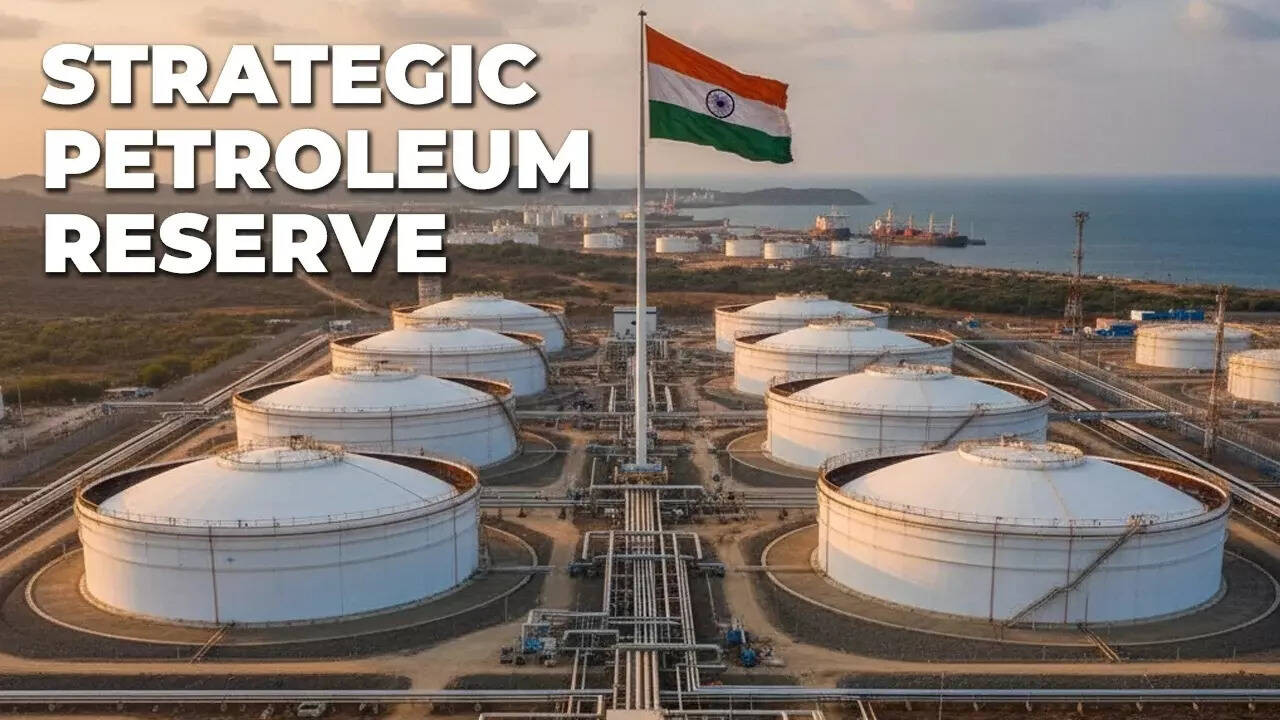Emkay Research projects Brent crude oil prices to average $70 per barrel in fiscal year 2026. This is despite Middle East tensions. Oil markets are well supplied. Production is rising from OPEC+ and non-OPEC+ nations. A ceasefire could lower prices. Gas markets could face pressure. Risks of escalation remain real. The Strait of Hormuz closure could surge global prices.
Oil’s Calm Amidst the Storm: Why Your Wallet Might Not Feel the Israel-Iran Tensions (Yet)
The world feels like it’s teetering on the edge, doesn’t it? Geopolitical tensions, particularly the ongoing Israel-Iran conflict, have us all holding our breath. And whenever there’s instability in the Middle East, our minds immediately jump to one place: the price of oil. Will we be paying through the nose at the pump again?
Well, surprisingly, the picture isn’t as bleak as you might think. A recent report suggests that Brent crude, the global benchmark for oil prices, is actually expected to average around $70 a barrel in fiscal year 2026. This, despite the very real and frightening conflict brewing in the Middle East. How is that even possible?
Let’s unpack this. The key phrase here is “fundamentally well-supplied.” In essence, the global oil market, for the moment at least, is awash in crude. We’re not talking about a surplus so vast that we’re literally swimming in it, but production is robust enough to handle disruptions that might arise from the current geopolitical jitters. Think of it like this: you’ve got a well-stocked pantry before a predicted snowstorm. Even if the storm knocks out power for a few days and makes restocking difficult, you’re not going to starve.
Several factors contribute to this comfortable supply cushion. Firstly, oil production from countries outside of OPEC (Organization of the Petroleum Exporting Countries) has been steadily increasing. Think of the United States, for instance, which has become a major oil producer thanks to advancements in fracking technology. Then there’s Canada, Brazil, and others, all contributing to the global supply. This diversification of oil sources is a crucial safety net, lessening our reliance on the often volatile Middle East.
Secondly, the report subtly alludes to the possibility that global economic growth might not be as explosive as previously anticipated. Slower economic growth translates to reduced demand for oil. It’s simple supply and demand at play. If businesses aren’t humming at full capacity, and fewer people are commuting, the demand for fuel dips, putting downward pressure on prices. This isn’t necessarily good news, as slower economic growth has its own set of challenges, but it does play a role in stabilizing oil prices.
Now, before we all breathe a collective sigh of relief and start planning cross-country road trips, let’s inject a dose of reality. The situation remains incredibly fluid. Geopolitical events are notoriously unpredictable. A sudden escalation of the conflict, perhaps involving key oil-producing regions, could absolutely send prices soaring.
Think of the Strait of Hormuz, a narrow waterway that’s a crucial chokepoint for global oil shipments. Any disruption to traffic through that strait would have immediate and significant consequences. This is where those ‘what if’ scenarios start to feel a lot less theoretical and a lot more…terrifying.
Furthermore, while the overall supply picture looks healthy, localized disruptions can still impact regional prices. A refinery outage in a specific country, for example, could lead to temporary spikes in gasoline prices in that region, even if the global market remains relatively calm.
So, what does this all mean for you and your wallet? In the short term, don’t expect any dramatic price fluctuations at the pump, unless there’s a sudden, unforeseen escalation of the Middle East conflict. The report suggests a period of relative stability, which is a welcome respite in these turbulent times.
However, it’s crucial to remain vigilant. Oil prices are influenced by a complex web of factors, and geopolitical events are just one piece of the puzzle. Economic growth, technological advancements, and even environmental regulations can all impact the price of crude.
The message here isn’t one of blind optimism, but rather one of informed awareness. While the fundamentals currently point towards a well-supplied market and stable prices, the world is a complex place. Keeping a close eye on geopolitical developments and understanding the dynamics of the global oil market will empower you to make informed decisions and navigate the energy landscape with greater confidence. It’s not about panicking, but about being prepared. And that, in itself, offers a certain sense of calm amidst the storm.



